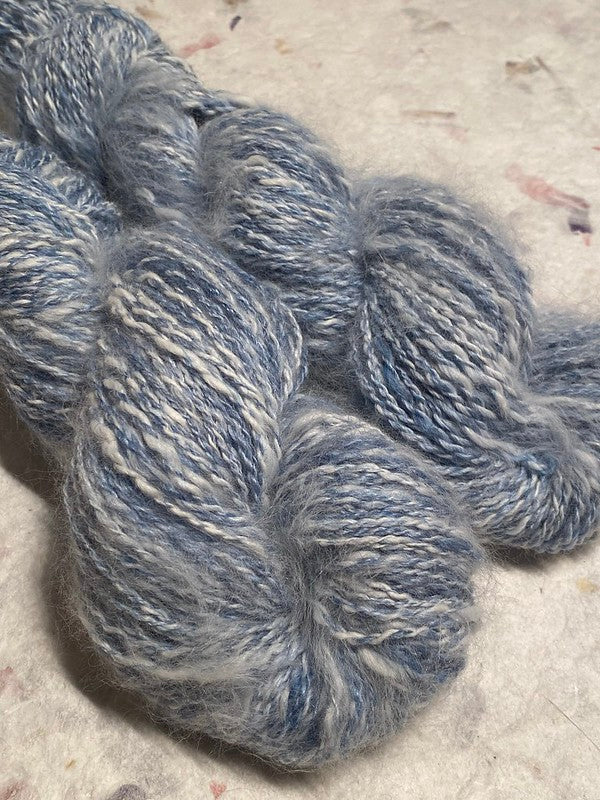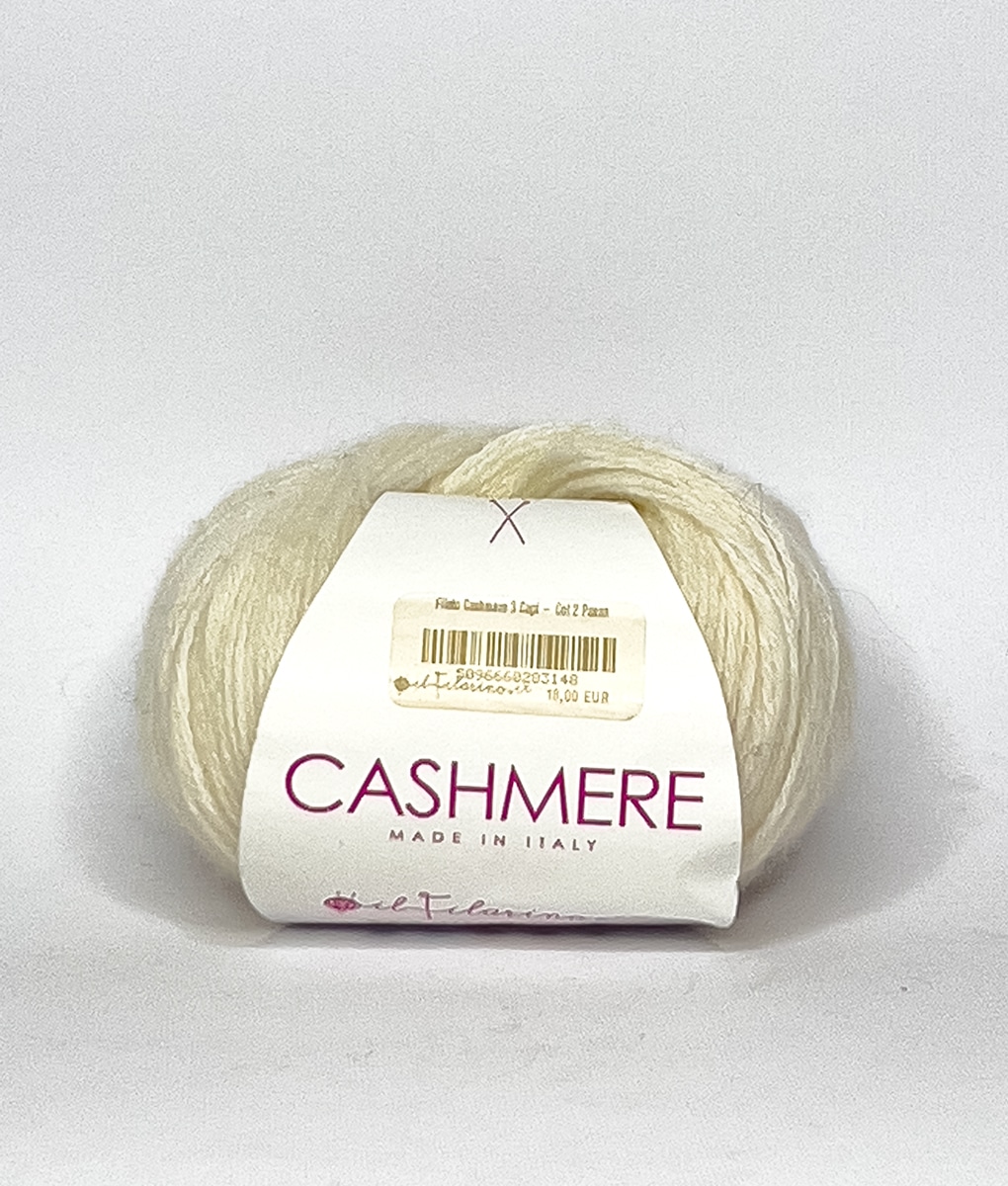Understanding the Distinct Qualities of cashmere fibre for Unmatched Comfort
Understanding the Distinct Qualities of cashmere fibre for Unmatched Comfort
Blog Article
Comprehending the Different Kinds Of Cashmere a Natural Fiber and Their Distinct Benefits

The Beginnings of Cashmere: A Historic Review
While the glamorous touch of cashmere remains to appeal contemporary consumers, its origins map back to the extreme, cool environments of Mongolia and the Himalayas. For centuries, the indigenous peoples of these areas have been increasing Capra Hircus goats, the prime source of cashmere wool. These goats, durable versus the severe wintertimes, expanded a fine undercoat to survive, which later came to be called cashmere. The name itself pays tribute to Kashmir, a region in India where the wool was initially refined. Much of the early cashmere profession route was assisted in by the Silk Roadway, connecting Asia with the Center East and Europe. Regardless of its global spread, the finest cashmere is still believed to originate from the initial areas of Mongolia and the Mountain Ranges.

The Production Process: From Goat to Garment
Shearing a Capra Hircus goat marks the inception of the complex cashmere production process. The resultant raw cashmere is after that cleaned to remove pollutants such as dirt, vegetable, and grease matter.
The clean fiber goes through coloring, rotating, and weaving, or knitting, to transform it into a fabric. Complicated treatments such as quality control checks and finishing processes comply with, making sure completion product preserves the luxurious criterion expected of cashmere. This painstaking process, from goat to garment, validates the high price attached to cashmere items, making them an icon of luxury and refinement.
The Various Kinds Of Cashmere: An Extensive Analysis

The One-of-a-kind Benefits of Cashmere: Comfort and Sustainability
Moving from the variety of cashmere types to the benefits they use, comfort and sustainability stand apart plainly. Cashmere, an all-natural fiber, is renowned for its unrivaled gentleness, giving a degree of convenience that synthetic fibers can not match. The product's agility, yet remarkable warmth retention, makes it optimal for all periods. Moreover, cashmere's natural flexibility enables it to return to its initial shape, making it immune to extending or reducing.
When it involves sustainability, cashmere is naturally degradable and eco-friendly, as it's collected from cashmere goats that regrow their layers every year. what is cashmere. Unlike artificial fibers which can take centuries to disintegrate, cashmere's influence on the atmosphere is minimal. This combination of comfort and sustainability makes cashmere a helpful option for mindful consumers

Taking Care Of Your Cashmere: Upkeep and Conservation Tips
While cashmere Discover More is undoubtedly a sustainable and luxurious choice, it requires particular care to preserve its quality and expand its life expectancy. To start, cashmere must be hand cleaned utilizing cold water and a moderate cleaning agent. Prevent turning or wringing the garment as it can harm the fibers. Instead, delicately eject excess water and lay it level on a towel to dry. Cashmere items need to be stored in a completely dry and amazing area, away from direct sunshine and wetness. Using moth repellents can shield these garments from prospective damages. Last but not least, it's recommended to stay clear of hanging cashmere to avoid extending. Rather, layer and shop them properly to preserve their shape and Our site high quality with time.
Purchasing Cashmere: Understanding Its Worth and Worth
Although cashmere might initially seem like a costly investment, its lasting worth and worth come to be evident when you consider its exceptional high qualities. Recognized for its unmatched softness and warmth, cashmere is a costs all-natural fiber that outshines other materials. Spending in cashmere, therefore, is not just concerning current style trends, but about welcoming a sustainable, long-lasting, and elegant lifestyle.
Verdict
In summary, the type of cashmere one selects, be it Mongolian, Chinese, or Italian, is dictated by individual choices for warmth, sustainability, budget plan, and luxury. Recognizing the beginnings, manufacturing process, and distinct benefits of various kinds of cashmere can direct consumers in their investment in this lavish natural fiber.
Whether it's the outstanding warmth of Mongolian cashmere, the price of Chinese cashmere, or the eco-conscious manufacturing of Italian cashmere, there's a tale to be uncovered behind each fiber type. Cashmere, a natural read the full info here fiber, is renowned for its unequaled softness, providing a degree of convenience that synthetic fibers can not match.When it comes to sustainability, cashmere is eco-friendly and naturally degradable, as it's collected from cashmere goats that regrow their coats each year. Recognized for its unrivaled softness and heat, cashmere is a costs all-natural fiber that surpasses other products. Recognizing the origins, production procedure, and distinct advantages of various types of cashmere can direct consumers in their investment in this lavish natural fiber.
Report this page